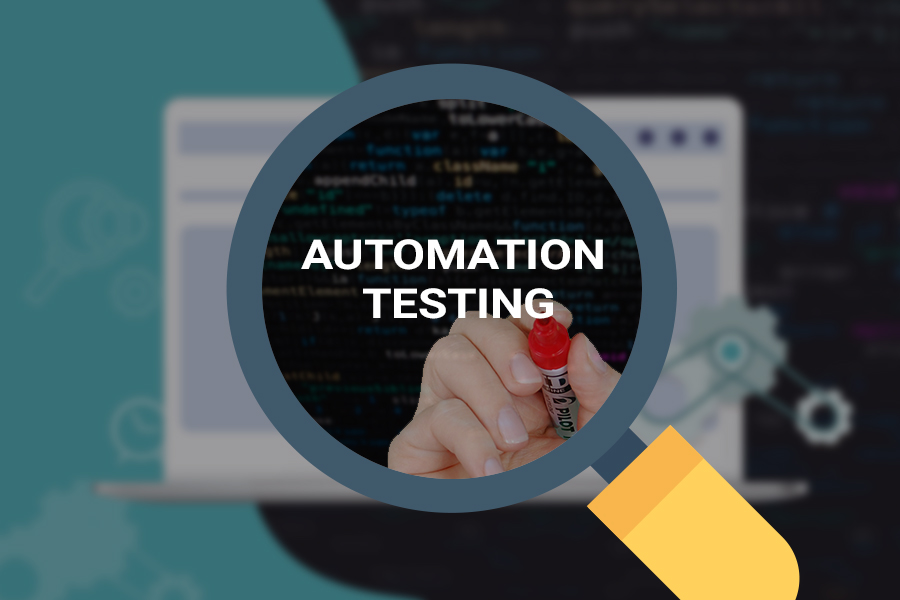From Manual to Automated Testing: A Comprehensive Guide to Transitioning Efficiently and Efficiently
In the world of software application testing, the shift from manual to automated procedures has come to be a significantly crucial shift for organizations seeking to enhance performance and precision in their testing practices. The trip from manual to automated screening is not without its obstacles, however when approached tactically and with a clear plan in mind, the advantages can be significant.
Advantages of Automated Evaluating
Automated testing offers many benefits, boosting performance and precision in software application growth procedures. Automated tests can be run at the same time on multiple devices and operating systems, considerably speeding up the screening stage compared to hand-operated testing.
In addition, automated testing guarantees a higher degree of precision in finding problems. Consistency in testing is also boosted, as automated tests execute the same actions exactly each time they are run.
Picking the Right Devices

Firstly, examine your requirements and goals. Understand the range of your project, the innovations involved, and the capability of your team. This analysis will aid you identify the features and abilities you need in your testing devices.
Secondly, consider the compatibility of the tools with your existing procedures and systems. Smooth combination with your existing software program development lifecycle is necessary to ensure a smooth shift to automation.
Furthermore, review the scalability and versatility of the devices. As your screening requires evolve, the tools ought to be able to adjust and suit changes properly.
Finally, factor in the assistance and neighborhood around the devices. Robust support and an active user neighborhood can supply useful resources and support when executing automated testing. By meticulously taking into consideration these aspects, you can pick the right tools that align with your requirements and set the stage for an effective change to automated testing.
Writing Effective Test Manuscripts

When crafting test manuscripts, it is important to consider the certain requirements of the software being tested and make sure that the scripts address all important capabilities. Detailed and clear naming conventions for examination manuscripts and examination situations can enhance readability and maintainability. Additionally, including error handling mechanisms within the test scripts can assist in determining and attending to issues without delay.
Moreover, organizing examination manuscripts right into modular parts can improve reusability and scalability, minimizing redundancy and boosting effectiveness in examination script upkeep. Regular testimonials and updates to test scripts are crucial to keep pace with evolving software requirements and capabilities. By adhering to these concepts, testers can create reliable and robust examination scripts that add considerably to the success of automated screening procedures.
Integrating Automation Into Workflows
Reliable integration of automation devices into existing workflows simplifies procedures and improves productivity within software growth cycles. When integrating automation right into process, it is important to identify recurring tasks that can be automated to conserve time and reduce human mistake. By seamlessly incorporating automated screening tools like Selenium or Appium into the software application advancement lifecycle, teams can attain faster feedback on code adjustments, causing quicker bug discovery and resolution. This integration enables constant screening throughout the advancement procedure, making certain that any kind of concerns are determined early on, causing higher software program high quality. Furthermore, automation can be used to activate tests immediately after each code dedicate, giving prompt click here to read validation and maximizing testers to concentrate on more complex scenarios. Correct assimilation of automation devices calls for collaboration in between advancement, screening, and operations groups original site to establish a unified operations that optimizes effectiveness and performance in supplying premium software.
Ensuring a Smooth Change
Effectively transitioning to automated testing involves thorough planning and mindful implementation to take full advantage of and minimize disturbances performance in the software application growth process - automation testing. To guarantee a smooth transition, it is vital to start by performing an extensive analysis of the present screening procedures and recognizing locations where automation can bring the most substantial benefits. Involving with all stakeholders beforehand while doing so, including designers, testers, and project managers, is important for gathering assistance and buy-in for the automation initiative
Communication is essential throughout this change phase. Clear communication of the goals, advantages, and expectations of automated screening helps to manage any kind of resistance or worries that may arise. Additionally, providing adequate training and sources for group participants to upskill in automation tools and techniques is crucial for making sure an effective shift.

Verdict
Finally, transitioning from handbook to automated testing offers many benefits, including boosted efficiency and reliability. By picking the ideal devices, composing efficient examination manuscripts, and incorporating automation perfectly into operations, organizations can guarantee a effective and smooth change. It is necessary to accept automation as a useful possession in software application screening processes to enhance general quality and efficiency.
In the realm of software program testing, the change from handbook to automated processes has actually become a significantly crucial transition for companies seeking to boost efficiency and precision in their screening techniques. Automated examinations can check it out be run at the same time on multiple tools and operating systems, drastically speeding up the testing phase contrasted to manual testing. Uniformity in testing is also enhanced, as automated examinations perform the exact same steps precisely each time they are run.To ensure the effective execution of chosen screening devices, the development of reliable examination manuscripts plays a critical function in confirming the performance and efficiency of automated procedures - automation testing. By adhering to these concepts, testers can develop durable and effective examination manuscripts that contribute dramatically to the success of automated screening procedures
Comments on “Exploring the Future of Automation Testing in Software Program Development”